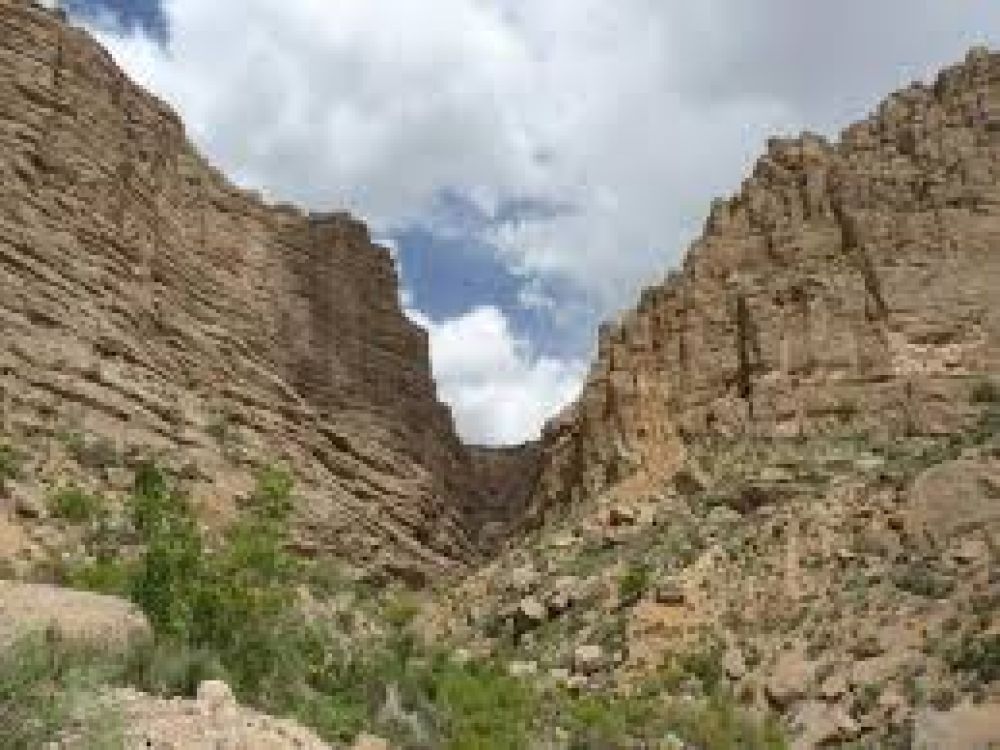

Before delving into the rich history of tourism in the Zarghun Range, it's important to understand the significance of the region. The Zarghun Range is located near the provincial capital of Balochistan, Quetta, and stands as one of the most prominent geological features of the area, named after its highest peak, Zarghun Ghar.
Tourism in the Zarghun Range dates back to the British colonial era, when Quetta was used as a major military garrison town by the British Indian Army. The area's beauty, pleasant climate, and relative tranquility attracted British officers and their families, making it a sought after retreat from the heat of the Indian plains. Visitors marveled at the diverse flora and fauna and the stunning landscapes offered by the range, and word of the Zarghun Range's captivating environment spread.
With the establishment of Pakistan in 1947, these natural wonders became part of the newly formed country's heritage. The range continued to be a local enchantment, but it wasn't until the late 20th century that domestic tourism began to appreciate the Zarghun Range as a viable excursion destination. The local authorities, recognizing the potential in tourism for economic growth, started promoting Quetta and its surrounding areas to tourists across the country.
The latest tourism trends in the Zarghun Range have shown a significant shift towards eco-tourism and adventure tourism. Visitors are increasingly drawn to the range's natural landscapes, seeking opportunities for trekking, rock climbing, and mountain biking. This has been bolstered by initiatives taken by the government and local communities to develop infrastructure conducive to such activities.
Bird watching has also surged in popularity, with the regions around the Zarghun Range being home to a wide variety of bird species. Conservation efforts have been instrumental in preserving these habitats and facilitating such activities for tourists.
The advent of social media has played a crucial role in unveiling this once little-known destination to the wider public. Sharing of images and experiences by visitors has helped to increase its allure, attracting both domestic and international tourists.
Added to this is the growing trend of cultural tourism, where visitors come not just for the scenic beauty but to experience the rich culture and traditions of the local Pashtun and Baloch communities. This includes participation in local festivals and events, and the exploration of Quetta's historical sites, such as the Quetta Bazaar and the Hazarganji Chiltan National Park, which lies in proximity to the range.
The future of tourism in the Zarghun Range looks promising. The region's potential for sustainable tourism development is vast, and improvements in security and infrastructure are on the government's agenda. With increased attention and responsible tourism practices, the Zarghun Range can emerge as a prominent destination in South Asia that honors its rich heritage and natural beauty, while contributing to the local economy and conservation efforts.